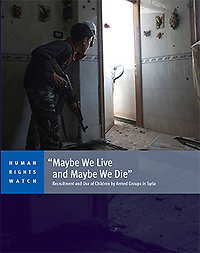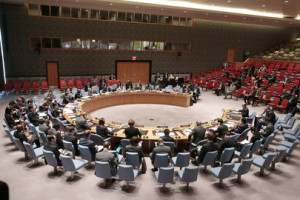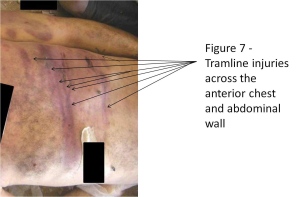 Yesterday, Priyanka Motaparthy, a researcher in the Children’s Rights Division of Human Rights Watch (HRW), published a report documenting on the recruitment and use of children by armed groups in Syria. The 31-page report entitled Maybe We Live and Maybe We Die recounts the experiences of 25 children and former child soldiers in Syrias armed conflict. Priyanka Motaparthy interviewed children who fought with the Free Syrian Army, the Islamic Front coalition, and the extremist groups ISIS and Jabaht al-Nusra, an Al-Qaeda affiliate, as well as the military and police forces in Kurdish-controlled areas.
Yesterday, Priyanka Motaparthy, a researcher in the Children’s Rights Division of Human Rights Watch (HRW), published a report documenting on the recruitment and use of children by armed groups in Syria. The 31-page report entitled Maybe We Live and Maybe We Die recounts the experiences of 25 children and former child soldiers in Syrias armed conflict. Priyanka Motaparthy interviewed children who fought with the Free Syrian Army, the Islamic Front coalition, and the extremist groups ISIS and Jabaht al-Nusra, an Al-Qaeda affiliate, as well as the military and police forces in Kurdish-controlled areas.
The investigation reveals that non-state armed groups in Syria have used children as young as 15 to fight in battles, sometimes recruiting them under the guise of offering education, and as young as 14 in support roles. Extremist Islamist groups including the Islamic State of Iraq and Sham (ISIS) have specifically recruited children through free schooling campaigns that include weapons training, and have given them dangerous tasks, including suicide bombing missions.
Conscripting or enlisting children under the age of fifteen years into the national armed forces or using them to participate actively in hostilities is a war crime under the Rome Statute of the International Criminal Court (ICC) and the Optional Protocol to the Convention on the Rights of the Child, ratified by Syria in 2003, bans government forces and non-state armed groups from recruiting and using children, defined as anyone under 18, as fighters and in other support roles. Continue reading


